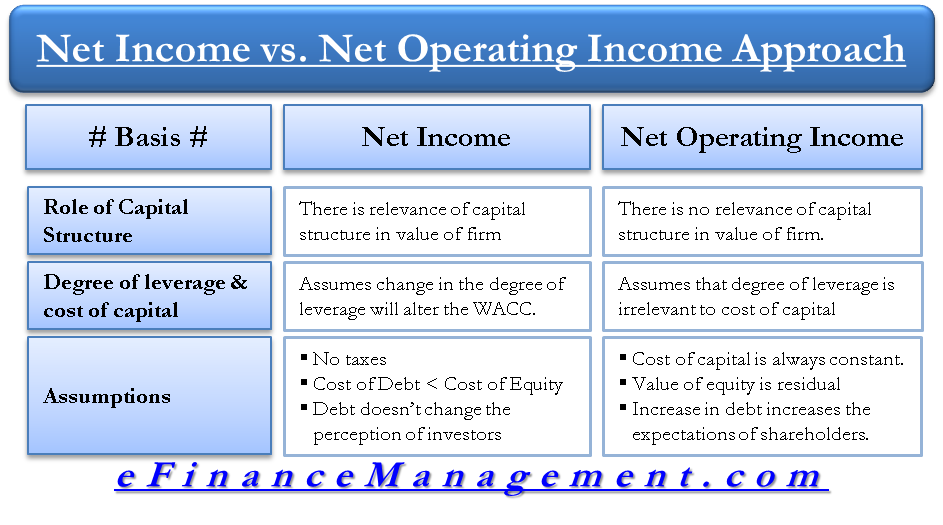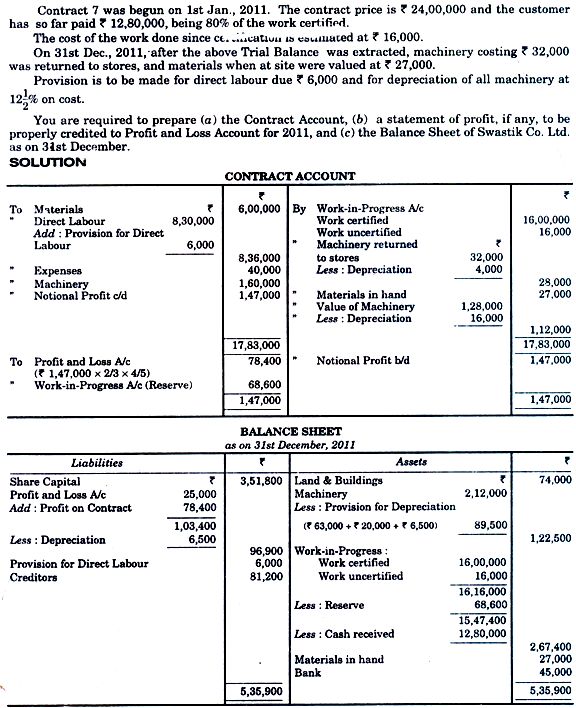Gerry Cotten Death: Netflix Special Trust No One Profiles QuadrigaCX CEO
Contents
- Disgraced FTX founder Sam Bankman-Fried met with WH officials 4 times this year: report
- Where is Gerry ‘Gerry’ Cotten Now?
- More from The Sun
- ‘Crime Scene: The Texas Killing Fields’ Explained: What Ultimately Happened To Clyde Hedrick & William Reece?
- Ponzi Schemes, Private Yachts, and a Missing $250 Million in Crypto: The Strange Tale of Quadriga
- When is Trust No One: The Hunt For the Crypto King on Netflix?
She was having a party instead of mourning the death of her husband. To put the doubts to rest, a journalist from “Globe and Mail” traveled to India to learn the truth from the hospital where Gerry died. His report confirmed Gerry’s death, as the doctor provided him with every necessary detail. Gerry’s health had deteriorated significantly in a short period.
And some investors are suspicious that he may have faked his own death. «Some customers have even questioned the death of Mr Cotten, taking to social media platforms to demand proof in the form of an obituary or death certificate. According to Coindesk, a death certificate was included in the list of court https://cryptolisting.org/ documents.» But Cotten’s name was misspelled on death documents and he’d prepared his will just days before the honeymoon. They found he checked into a Jaipur hospital just nine days into his honeymoon due to an acute stomach ache. Thousands of customers paid his company to mine cryptocurrency for them.
Disgraced FTX founder Sam Bankman-Fried met with WH officials 4 times this year: report
Investors were left without the cash they put in, while Cotten’s widow said she had no idea he was seemingly running a crypto scam. But his 2018 death in India left lenders with no way to access the cash – and a new Netflix documentary delves into the rumours around his disappearance. According to court filings, Quadriga also used WB21 as a payment processor.
After the public bid failed, he kept no internal records—an almost inconceivable state of affairs for a company with an annual trading volume of more than $1 billion. In Ernst & Young’s phrase—one imagines its battalion of stern accountants in various shades of apoplexy—“typical segregation of duties and basic internal controls did not appear to exist.” Most years Cotten neglected to file a personal tax return. Patryn was described as ostentatiously secretive—a trait not uncommon in cryptocurrency circles—and made vague allusions to a shadowy past and underworld connections. He was sturdy and muscular, with blackwork tattoos and a face that in repose seemed to glower.

On Facebook he posed with a tiger, a lion, behind the wheel of a Lamborghini, straddling an ATV in a desert. Friends say he spoke of an emotionally absent father, manipulative family members, his obsessive-compulsive tendencies. He ranted about his hatred of scam artists, though his definition of the term seemed rather idiosyncratic—identity theft was a clean, bloodless business, but when you lied to someone’s face, it was unforgivable.
On Jan. 14, 2019, more than a month after Cotten had passed away, the Quadriga community was notified of his death. They responded with shock and mourning — one described him as “a kind man with fine taste” — even as they struggled to withdraw money from his company. As the crypto market tanked, month by month clients saw their life savings evaporating. But all of that happened during the good times, when crypto was enjoying its upward surge. By December 2018, Bitcoin had dropped to $3,700 — still not bad if you bought it early, but terrible for the great majority who got in during the meteoric ascent. It didn’t hurt that Quadriga entered the crypto game at an opportune moment.
Things went from bad to worse on January 14, 2019 when Quadriga announced on its Facebook page that Gerry Cotton, the 30-year-old whiz kid who helmed Canada’s largest crypto exchange, had died unexpectedly during his honeymoon to India. However, those conspiracies turned into circumstantial evidence when users discovered that Cotten, and Quadriga’s co-founder, Michael Patryn had checkered pasts in Ponzi schemes, money laundering, identity theft and exit scams. Gerry would trade with the fake assets and send real money to his international exchanges, essentially laundering money and playing casino with everyone’s money. He was no criminal mastermind, as what Gerry was doing amounted to high-stakes gambling or a Ponzi scheme ; he lost over $150 million doing it.
Where is Gerry ‘Gerry’ Cotten Now?
In 2013, Cotten launched QuadrigaCX, a bitcoin exchange company located in Canada. As a result, Cotten became the face of the rising interest in the new form of transaction. He was a young entrepreneur who lived the digital nomad life, attending meetings from every corner of the world.

Regarding this point, we are considering our next steps.” According to the Halifax Chronicle Herald the company released documents in mid-January 2019, that showed he died «suddenly» at a private hospital in Jaipur, India. Cotten had written a new will in late November 2018, approximately two weeks before his death. His wife Jennifer Robertson, accompanied Cotten to the hospital on December 8, 2018, when he experienced a crisis in his ongoing battle with Crohn’s disease. In spite of the hospital’s efforts, he went through a septic shock and had several cardiac arrests, dying, finally, on December 9, 2018. Cotten took the cautionary step of storing most of the $250 million cryptocurrency deposits Quadriga managed in so-called «cold wallets». Cold wallets are distinguished from «hot wallets» in that they are stored on computers that are not connected to the internet, and thus are a much harder target for hackers.
As it turned out, Michael Patryn—as Michael Perklin and nearly everyone in the close-knit Canadian cryptocurrency community had known for years—was not really Michael Patryn. Which meant that Cotten was not really who he said he was either. But when co-founder Cotten died during a honeymoon in India, the money was seemingly lost forever. According to Globe and Mail, which did an exhaustive investigation into Cotten’s death, Cotten complained shortly after checking in that he had pain in his stomach.
More from The Sun
As heard in Trust No One, some Quadriga investors believed Cotten faked his own death and ran off with millions as part of an «exit scam,» others believed he had his face modified by a plastic surgeon and was no longer recognizable. At the time of his passing, he had over CA$250 million [$200 million] and the passwords to Quadriga’s accounts. According to the Netflix documentary, at least 110,000 customers were affected.
- After digging into the digital footprints of Cotten, it was discovered that he was not new to the game.
- But no autopsy was performed on Cotten’s body, so nobody can be sure why, exactly, he died — a fact that’s encouraged conspiracy theorists who believe that Robertson poisoned her husband or that he’s not dead at all.
- On 5 March 2019, Justice Wood extended Quadriga’s court protection to 23 April.
- Meanwhile, in order to manage the finances of the company during the process, a third-party monitor, Ernst & Young, was appointed.
- The majority of coins however, are saved in offline ‘cold wallets,’ that are protected by an impossibly long, randomly generated private key.
In 2014 Cotten spoke publicly of moving currencies between exchanges to take advantage of arbitrage opportunities. It may be that he traded Quadriga’s funds in a frantic effort to recoup the losses he had sustained. It was the behavior of a doomed gambler employing the martingale strategy, successively doubling down in a desperate effort to get back to zero, until he had dug a hole so deep that he could only be buried inside it. After he squandered what remained in Quadriga’s coffers, the price of Bitcoin plunged, and there was a run on the exchange.
‘Crime Scene: The Texas Killing Fields’ Explained: What Ultimately Happened To Clyde Hedrick & William Reece?
During 2017, when the exchange was up to speed and running, the currency’s value jumped to $13,000. At 15 years old, Cotten put his first pyramid scheme into motion. According to Vanity Fair, it was dubbed S&S Investments and promised returns of up to 150 percent in just 48 hours. The sham ran for three months before shutting down with investors’ money disappearing.
The report confirms that, after Cotten died, he essentially took the passwords to millions of dollars with him. Cotten’s remains were then taken to a government hospital where the doctors were less inquisitive and an embalming certificate was duly issued. On December 10, the day after Cotten’s death, Robertson checked out of the hotel and flew home with her husband’s body. The bizarre circumstances surrounding his death only fueled skepticism.
He lived the high life with his soon to be wife, Jennifer Robertson that included exotic vacations around the world. Cotten once bragged that he had traveled what is noku eur to 56 countries, 37 of them with Robertson. Around this time, Cotten met his future QudrigaCX co-founder, Michael Patryn on the TalkGold forum.
Ponzi Schemes, Private Yachts, and a Missing $250 Million in Crypto: The Strange Tale of Quadriga
This was the detail that most shocked cryptocurrency professionals. If you lose the private key to your cryptocurrency wallet—a long, randomly generated password, all but impossible to memorize—your funds are gone forever. The cautionary tales of fortunes lost because of misplaced private keys have the quality, in Bitcoin mythology, of the homilies delivered at religious gatherings. A couple of years after graduation, Cotten moved to Vancouver and joined a clubby community of entrepreneurs who had become enamored with Bitcoin. He attended meetups at coffee shops and dorm rooms, organized by a core group of about 10 people, who called themselves the Vancouver Bitcoin Co-op.
In October 2004, TalkGold members began to debate whether Patryn might in fact be Omar Dhanani, one of 28 suspects who had been arrested by the U.S. Secret Service in a global sting operation targeting an online marketplace for stolen credit card information and forged documents. Dhanani, who was known on another message board as an expert in “washing” funds, was arrested in Southern California, where he was living with his family. Upon pleading guilty to conspiring to transfer stolen identification documents, he was sentenced to 18 months in federal prison.
He became interested in bitcoin and cryptocurrency after joining a community of like-minded people in Vancouver, Vanity Fair reports. CBC reported that Cotten’s widow had agreed “to surrender the contents of his estate and the ‘vast majority’ of her own assets to pay back the company’s jilted clients.” Altogether, 76,319 unsecured creditors claimed they were owed $214.6 million. Online conspiracy theories have alleged that Gerald Cotten might have faked his own death and taken the money. The bitcoin boom went bust and its value plunged to below $4,000. Quadriga customers were desperate to stanch losses and pull their money out of the exchange. In the meantime, Patryn had parted ways with Cotten in 2016 as part of a mass exodus that left the company over a disagreement to forgo an IPO.
Most of these early acolytes were drawn to the digital currency’s libertarian ethos, its promises of decentralization, transparency, speed, and independence from governments and financial institutions. Bitcoin would enable more than two billion people who lacked access to banks to send and receive payment; it would offer stability to citizens of countries with chaotic currencies; it would eliminate all banking fees. The initial portrait of Cotten that emerged in February 2018, once his death was announced through a Quadriga Facebook post, squared with the yacht salesman’s impressions.
